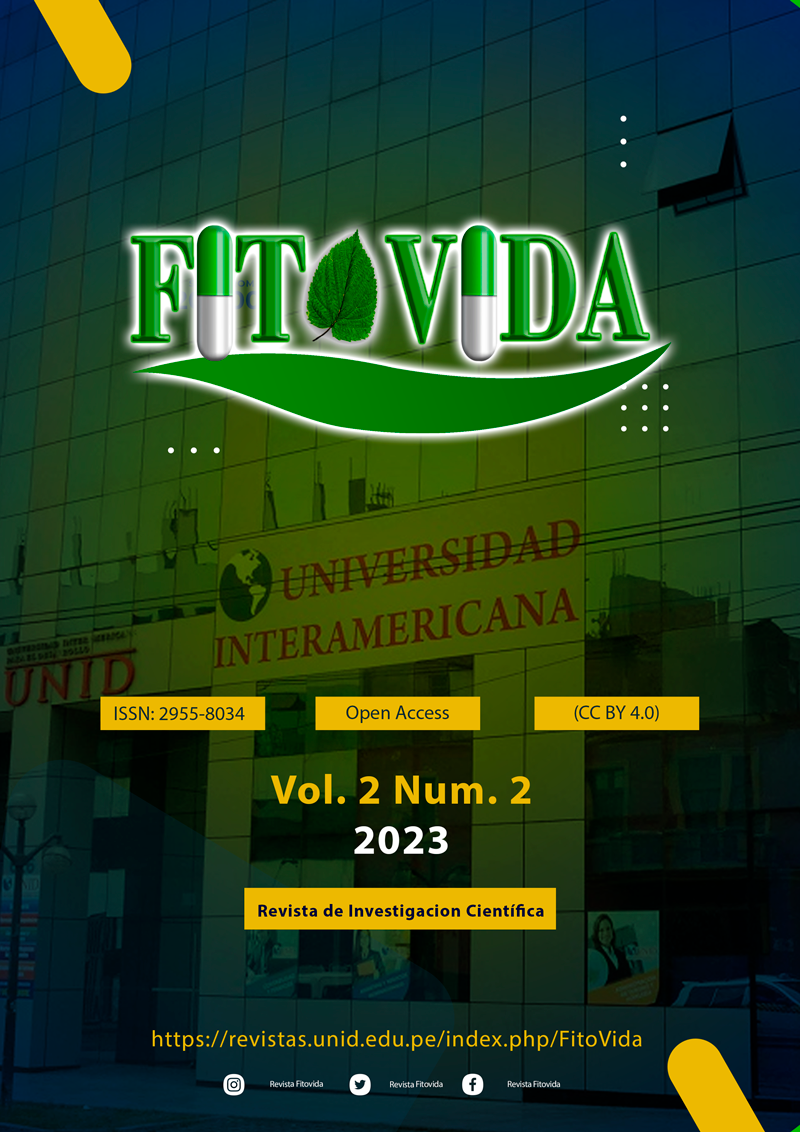Abstract
The focus of this work is to identify some zoonotic agents in domestic pigeons (Columba livia) that inhabit the Simón Bolívar Park in the city of Montería. The objective of the research is to evaluate the possible health risks associated with the presence of these birds in the park and to propose appropriate prevention measures. Methodology: A visual census of the pigeons was carried out, samples of feces, feathers, and tissues were collected and microbiological analyzes were performed. The presence of zoonotic parasites was evaluated and the environmental conditions of the park were analyzed.Results: in 100% of the samples the following parasites were found: Malophagous lice (Columbicola columbae), pigeon fly (Pseudolynchia canariensis), chewing lice (Menopon gallinae) and bird mite (Ornithonyssus bursa). Internal parasites such as oocysts of Ascaridia spp (40.625%), Capillaria spp (28.13%), Eimeria spp (25%), oocysts of coccidia (18%), Raillietina eggs (16.87%) and Syngamus eggs (14,375). C. neoformans in 23% of the samples. No serum antibodies were detected against Salmonella sp. Conclusions: domestic pigeons (Columba livia) that live in Simón Bolívar Park are highly infected with both external and internal parasites. These findings suggest that pigeons may carry a variety of parasitic infections that could have implications for the health of people who frequent the Park; several of the parasites identified are potential agents of zoonotic diseases, which may represent a health risk. of people who come into contact with birds or their environment.
References
Carlos Andrés Sierra Valencia. (Determinación de los principales sitios de alimentación, crianza y riesgos zoonóticos en la población de paloma común (Columba livia), como herramienta para la implementación de un programa de manejo ético de las mismas, en el municipio de Cajicá, Cundinamarca.” Cajicá, Cundinamarca, diciembre – 2017
Cook, R. y Karesh, W. (2012). Fowler’s zoo and wild animal medicine chapter 18-emerging diseases at the interface of people, domestic animals, and wildlife 2012. Elsevier Inc.
Ghosh KK, Islam MS, Sikder S, Das S, Chowdhury S and Alim MA. Prevalence of ecto and gastrointestinal parasitic infections of pigeon at Chittagong metropolitan area, Bangladesh. J Adv Parasitol. 2014; 1(1):9–11. https://doi.org/10.14737/journal.jap/2014/1.1.9.11).
Marlier D, Vindevogel H, 2006. Viral infections in pigeons, The Veterinary Journal, Volume 172, Issue 1, July 2006, Pages 40–51.
Méndez Mancera, V. M. (2016). La paloma doméstica Columba livia y su posible relación con la morbilidad sentida de origen respiratorio y dérmico en el barrio Molinos II de la localidad 18, Bogotá D.C. Retrieved from https://ciencia.lasalle.edu.co/maest_ciencias_veterinarias/57
Méndez Mancera, V. M., Villamil Jiménez, L. C., Buitrago Medina, D. A. y SolerTovar, D. (2013). La paloma (Columba livia) en la transmisión de enfermedades de importancia en salud pública. Revista Ciencia Animal, (6), 177-194.
Pérez, J., Monsalve, D. y Márquez, C. (2015). Presencia de parásitos y enterobacterias en palomas ferales (Columba livia) en áreas urbanas en Envigado, Colombia. [Artículo en línea]. Disponible: Phttp://www.scielo.org.co/pdf/rfnsp/v33n3/v33n3a06.pdf
Tarsitano E, Greco G, Decaro N, Nicassio F, Lucente M, Buonavoglia C, Tempesta M, 2010. Environmental Monitoring and Analysis of Faecal Contamination in an-Urban Setting in the City of Bari (Apulia Region, Italy): Health and Hygiene Implications, Int. J. Environ. Res. Public Health 2010, 7, 3972- 3986),
Zúñiga, E., León, D., Falcón, N. (2017). Plagas Urbanas: las palomas y su impacto sobre el ambiente y la salud pública. Revista de Ciencias Veterinarias. Vol. 33 Nº 1, p.p. 5- 12. 2017 Lima - Perú. [Artículo en línea]. Disponible: http://vbeta.urp.edu.pe/pdf/id/2615/n/revista-cv.-felipe.-n-1.2017-1.pdf
Zanabria Tellez, Helberth Fredy, DETERMINACIÓN DE ANTICUERPOS CONTRA Salmonella pullorum EN PALOMAS BRAVIA (Columbia livia) CON EL MÉTODO DE AGLUTINACIÓN SIMPLE EN EL DISTRITO DE COTAHUASI – AREQUIPA – 2018”

This work is licensed under a Creative Commons Attribution-NonCommercial 4.0 International License.
Copyright (c) 2023 Jordan Celedón Daza


